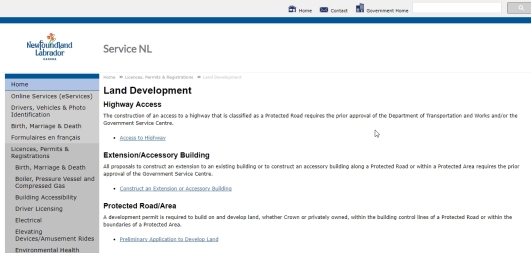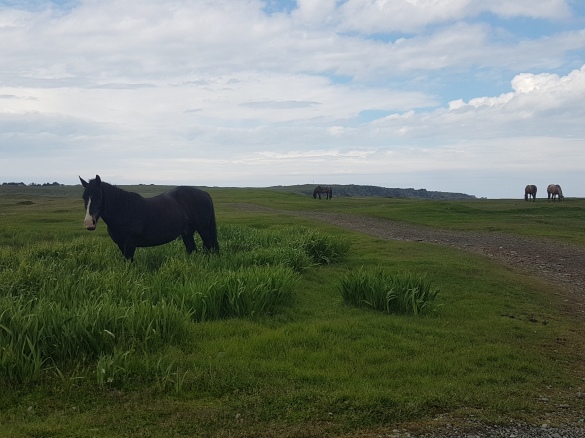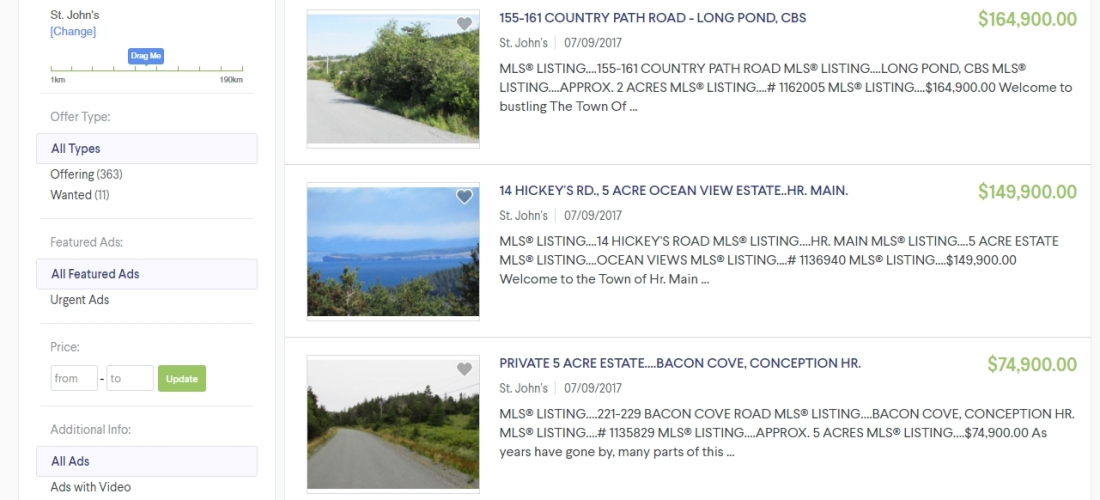
St. John’s, Newfoundland. A cityscape. Source: https://itsablogaboutnothing.com/2015/12/22/st-johns-newfoundland/
We have returned! Back to the cold north strong and free, after bidding adieu to the land of the rising sun. In April we touched down to a slightly snowy St. John’s, jobless, and just scratching the surface of a thick, sticky pool of reverse culture shock. The reverse flavour is not quite so bad as the regular flavour of culture shock, I suppose since you are already intimately aware of the successes and failures of the local world you grew up in. Coming back to it just heightens your awareness and allows you to define it better, now having something to compare it to.
We were really itching to get going again on the tiny, but alas, it was way too cold. Prior to leaving for our ‘Japanadventure’, we paid to have tiny stored in the warehouse where we were building it. We were really grateful to have been able to do this, because it took some of the pressure off during the ramp up to our departure. We are planning on doing Shou Sugi Ban for the siding, which is quite time consuming. Not having to rush this in November, in Newfoundland, was definitely for the best. And since it was going to stay indoors, we didn’t strap the tyvek – having to do that would have eaten away at our precious width limit. Anyway, fast forward to April 2017, and unfortunately, the time we’d secured for indoor storage was at a close. The tiny house had to be brought outside. This happened a little before we were aware of the situation, which resulted in our lovely tyvek job being obliterated by the spring winds of the North Atlantic.
We weren’t too worried though, since we were ready to buy land at this point, and should have been able to get back at it in a hot minute. So we began scanning Kijiji and NL Classifieds for land for sale, anywhere within a 20 minute radius of the city. Our search was sadly not producing any worthwhile results, and after a month or so, we started to get worried. We decided to branch out and get the help of a couple of real estate friends. This was a great idea.

Land #1: View from the road. Old foundation on the left.
We found a piece of land that seemed reasonably priced and reasonably located, but there were some potential issues. This is the piece of land that I ‘cut my teeth on’ per se. I learned the basics of real estate, what types of work need to go into a property to bring it up to par, as well as the types of permitting and by-laws that must be met in order to happily and lawfully live on your land.

Land #1: View from the centre.
The land itself was dry, had only a slight grade, featured an existing dug well on site, as well as an old root cellar and the foundation of a house long since torn down. The problems included an old rusted out vehicle that had been parked amongst the alders near the back of the property, and the fact that nobody could give us any information about what the people who lived in that old house many moons ago had done for their septic situation. These two things posed significant potential environmental hazards that would need to be dealt with by the buyer. Having worked as a geo-environmental scientist for 2 years, with a large focus on environmental site assessments, I knew the kind of remediation work that might need to go into this property in order to make it safe and healthy for people to live on it. Especially given the fact that we’d like to be growing our own veggies, and we would need to rely on local well water.
 I did an archive search with our local service district, I inquired with local people who may have known the previous owners, and I consulted excavator operators to give me quotes on how much it would cost for the worst case scenario. I also downloaded and studied town plans, zoning regulations, and local by-laws that dictate how properties and buildings are allowed to be developed.
I did an archive search with our local service district, I inquired with local people who may have known the previous owners, and I consulted excavator operators to give me quotes on how much it would cost for the worst case scenario. I also downloaded and studied town plans, zoning regulations, and local by-laws that dictate how properties and buildings are allowed to be developed.

Land #2: View from the dirt road.
Then, we found another, more beautiful piece of land. It was larger, had no pre-existing issues, and was cheaper. But as I learned with the first potential piece of land, you need to do your homework. According to the land owner, the most recent version of the town plan states that in order for a residential property to be granted an occupancy permit, a paved road (up to specifications defined by the town) must be in place, extending 50 feet beyond the driveway. The road must also include a turn around bulb at the end in order to facilitate emergency vehicles. All of the work and materials would have to be paid by the land owner wanting to live there. He was absolutely correct. The unfortunate part of this, was that this kind of work for that particular location could cost up to $100,000. The land was breathtaking, had access to a nearby pond, had a myriad of wild berries growing on it, and plenty of mature trees, but the price tag made it impossible for us to consider the property any longer.
Meanwhile, as I carried out all this groundwork and searching, I was simultaneously working on a power point presentation about tiny houses; specifically, what our tiny house would be all about and how it would mesh with the community we eventually settled on. Just through working this due process and figuring out what ducks needed to get themselves in a row for our tiny life to become reality, I realized that before actually purchasing land, we needed to get the town on board. In Newfoundland, it seems that incorporated towns tend to rely on a set of basic by-laws produced by the department of municipal affairs, a provincial government body. Generating a comprehensive set of by-laws independently is likely too much of a demand for small towns with only a few staff and volunteers. So, the default by-law that is of most concern for wannabe tiny house people in Newfoundland is the little known ‘minimum dwelling size by-law’. It states that any dwelling must be at least 80 m² (which works out to about 860 ft²). We totally get the reason why such a by-law exists – a long long time ago when North America was first being established, there were greedy landlords who wanted to make as much money as possible on the backs of the working class by building little shanty dwellings and cramming lots of people inside for unfairly high rent. Government rightly established legislation to protect people from this kind of injustice.
With this said, I want to make an important point that I think citizens, businesses, and government need to seriously consider: with any law, it is most important to satisfy the intent of that law. Not necessarily the black and white definition of the law itself. At one point in time, every law that currently exists, did not exist. Every law was created and written by people who wished to allow or prevent certain things from happening. And any given law does its best to define how to meet that goal. However, it is inevitable that there are situations in life that don’t fit within the parameters of a law but DO satisfy the intent of the law. Tiny houses are the perfect example. Are we trying to make money from our tiny house? No. Are we taking advantage of marginalized people? No. Are we creating an unsafe or unsanitary living space? No. Therefore, there is perfectly good reason to grant an exemption to the minimum dwelling size by-law on a case by case basis, or draft an amendment to the by-law for those who voluntarily wish to live in a small space and have reasonable and affordable alternatives around them.
 Unfortunately, summertime in Newfoundland is not the best time to get things done that require the attention of government, since it is the only time for people to get outside and enjoy themselves. Newfoundlanders like to go out to the cabin, or out salmon fishing, or out to visit family around the bay during the few warm months we get after the seemingly never-ending winter we all endure here. There are weddings to attend and family vacations to embark on. You can’t blame them. Compounding this, it is definitely not the best time to expect action on a novel project such as ours when municipal elections are approaching quickly, and existing councils are finishing out their mandate with no guarantee that they will be returning for another 4 years of service.
Unfortunately, summertime in Newfoundland is not the best time to get things done that require the attention of government, since it is the only time for people to get outside and enjoy themselves. Newfoundlanders like to go out to the cabin, or out salmon fishing, or out to visit family around the bay during the few warm months we get after the seemingly never-ending winter we all endure here. There are weddings to attend and family vacations to embark on. You can’t blame them. Compounding this, it is definitely not the best time to expect action on a novel project such as ours when municipal elections are approaching quickly, and existing councils are finishing out their mandate with no guarantee that they will be returning for another 4 years of service.  With this said though, we were able to sit down with the building committee of Pouch Cove, and the entire town council of Flatrock, and I must say, we got very positive responses from both. I can’t advocate enough for taking the time to inform and educate the leaders in your community on why tiny houses are good and safe, and why you want to live in one. I was nervous going into these presentations since my experience dealing with government officials, be it municipal, provincial, or federal, is very limited.And you always hear such negative things about politicians and their ability to get things done. But you know what, I am feeling quite optimistic at this point in our journey, having spoken with the people we have, and seeing the evolution of their opinions.
With this said though, we were able to sit down with the building committee of Pouch Cove, and the entire town council of Flatrock, and I must say, we got very positive responses from both. I can’t advocate enough for taking the time to inform and educate the leaders in your community on why tiny houses are good and safe, and why you want to live in one. I was nervous going into these presentations since my experience dealing with government officials, be it municipal, provincial, or federal, is very limited.And you always hear such negative things about politicians and their ability to get things done. But you know what, I am feeling quite optimistic at this point in our journey, having spoken with the people we have, and seeing the evolution of their opinions.

Politicians are just people! Don’t be afraid of them. They are often willing to listen, and you can make progress with them if you put in the effort and be patient. If you are prepared, have lots of transparent information, and take an attitude of inclusion on seeking options for various aspects of your build, government will often find that refreshing and admirable. Rather than flying under the radar and taking the risk of pissing off the people in your community who are elected to keep things safe and fair for all residents, just talk to them and figure out how and where you can make it work.
Here’s a sampling some of the information-focused slides from my presentation:
In addition to this texty stuff, I used lots of eye catching photos, I organized information into tables, and most importantly, I did a lot of research (and contacting other officials and builders in Atlantic Canada) to capture relevant and significant examples that demonstrate why it wouldn’t be so scary to allow us to live in our tiny house. I also included a tonne of relevant news articles to show how widespread the Tiny House movement is, and that it isn’t going away. It took me 45 minutes to get through the presentation the first time, which flew by, and I was told by at least one leader that my presentation had changed their mind. I think if we had skipped this step and gone straight to requesting permission, we may not have found ourselves in such an agreeable position.
As of now, we are waiting for elections to be completed so that we can get down to business with the new town councils. We’ve found another piece of land that has no pre-existing issues, is closer to the city, and still within out budget. One good thing about this process taking much longer than we expected is that we aren’t just going with the first piece of land that presented itself – we have time to really weigh our options and wait for more possibilities to jump into the ring. Buying land shouldn’t be a hasty decision, not unless it sings to you in just the right melody with just the right time signature.
Since we returned, we’ve had the good fortune of being able to crash in my mom’s basement while we waited to buy land. We wanted to avoid signing a lease on a rental property that may need to be terminated relatively soon, depending on when we completed the transaction for our chosen piece of land. However, I believe that we were a bit naive in thinking that we could have this all clued up and get the tiny house livable before winter set in. It’s going to take a bit more time yet. So we signed on an apartment on Bauline Line, just outside the city. The landlord works in landscaping and owns a tonne of land out there – just the sort of person we needed to cross paths with. He totally digs our tiny house project and will allow us to park it next to the house and continue working on it while our search for municipal approval and land continues.
After the elections are finished and we resume our dialogue with government, I will write again with another update on our saga of tiny living! Until then, I hope you all enjoy this lovely transition into cooler weather, sweaters, and hot beverages!





















